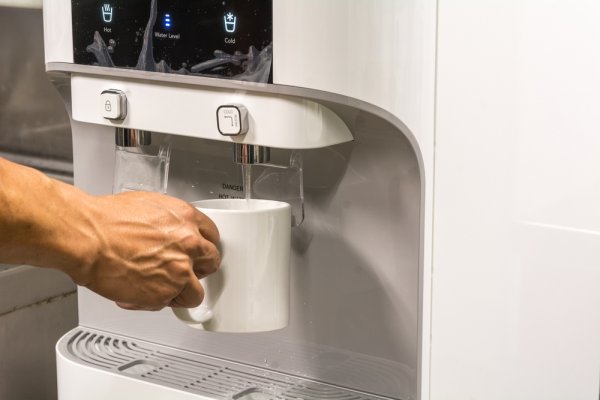Filtering the Future – Innovations in Water Purification Systems
In the quest for sustainable development and the preservation of our planet’s most precious resource, water purification systems have undergone a remarkable evolution. Innovations in this field have not only addressed the increasing demand for clean water but have also sought to minimize the environmental impact of traditional water treatment processes. One groundbreaking advancement lies in the integration of nanotechnology into water purification systems. Nanomaterials, with their unique properties at the molecular and atomic levels, have proven to be highly effective in removing contaminants from water. Nano filtration membranes, for instance, exhibit enhanced permeability and selectivity, allowing them to filter out particles and pollutants with unparalleled precision. These membranes have substantially improved the efficiency of water treatment plants, leading to higher-quality drinking water. Another noteworthy innovation in water purification systems is the use of advanced oxidation processes AOPs. AOPs leverage the power of reactive oxygen species to break down and neutralize pollutants in water.

This method is particularly effective in eliminating persistent organic pollutants and emerging contaminants that conventional treatment methods struggle to address. AOPs offer a more thorough and comprehensive approach to water purification, ensuring that even trace amounts of contaminants are effectively eradicated. This is crucial in the face of evolving water quality challenges driven by industrial and agricultural activities. Moreover, the integration of artificial intelligence AI and machine learning has revolutionized the efficiency and reliability of water treatment processes. Smart water purification systems can analyze real-time data on water quality, flow rates, and other relevant parameters, allowing for adaptive and responsive control. AI algorithms optimize treatment protocols, minimizing energy consumption and waste generation while maximizing the removal of contaminants. Predictive maintenance algorithms also play a vital role in preventing system failures, ensuring the continuous and reliable operation of water purification plants. In the realm of desalination, an indispensable technology for regions facing water scarcity, innovations have focused on improving energy efficiency. Traditional desalination processes, such as reverse osmosis, are energy-intensive.
However, recent breakthroughs in energy recovery devices, such as pressure exchangers and advanced membrane materials, have significantly reduced the energy requirements of desalination plants. These advancements make desalination a more sustainable and viable solution for providing freshwater in arid regions. Furthermore, nature-inspired solutions have gained prominence in the development of eco-friendly water purification systems and Visit Website. Biomimicry, drawing inspiration from the way ecosystems naturally filter and purify water, has led to the design of bio-inspired filtration materials. These materials replicate the efficient and selective filtration mechanisms found in natural systems, offering a sustainable and environmentally friendly alternative to conventional purification methods. As the world faces escalating water challenges due to population growth, industrialization, and climate change, these innovations in water purification systems provide hope for a more sustainable and resilient future. Through the convergence of nanotechnology, AI, biomimicry, and energy-efficient processes, we are not only enhancing our ability to provide clean water for all but also ensuring the long-term health of our planet’s most vital resource.
